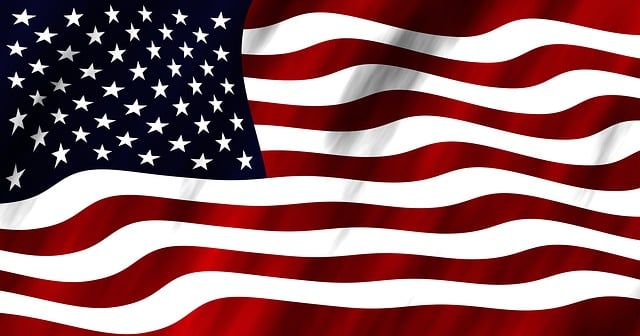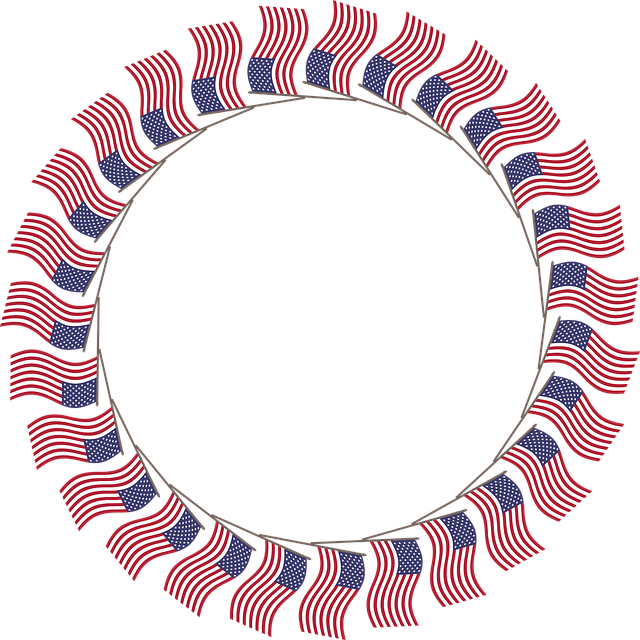The "Weathered American Flag" aesthetic has gained popularity among antique enthusiasts for its nostalgic charm, featuring faded colors, aged fabric, and a muted texture. These flags, inspired by U.S. history, are crafted using traditional methods with high-quality fabrics and meticulous handwork. They can be restored to their vintage glory or preserved in their current aged state, appealing to both modern displays and historical collectors. The Weathered American Flag adds depth and character to any space, whether indoors or outdoors, and is a versatile decor choice evoking nostalgia and history through its rustic charm. Buyers can acquire authentic antique flags from various sources or create custom DIY projects for their homes or collections.
Discover the captivating allure of antique-style flags with a weathered effect, a unique aesthetic that transports us through time. This article explores the intricate history and modern appeal of these vintage-inspired designs, from their symbolic significance to diverse applications in contemporary decor. Uncover the secrets behind their construction, the art of restoration vs. preservation, and learn how to incorporate a Weathered American Flag into your space, adding a touch of rustic charm and historical narrative.
- Understanding the Weathered American Flag Aesthetic
- The History Behind Antique Flags
- Materials and Construction Techniques
- Restoring vs. Preserving Weathered Flags
- Popular Uses and Display Ideas
- Buying or Creating Your Own Weathered American Flag
Understanding the Weathered American Flag Aesthetic

The weathered American flag aesthetic has become a popular and distinctive style in the world of antique flags. This unique look captures the essence of a flag that has seen many years, enduring various elements and weathering the test of time. The design often features a faded and worn appearance, where vibrant colors have subtly transformed into soft, muted tones. The fabric appears aged, with subtle tears, frayed edges, and a texture that speaks to its history.
This aesthetic appeals to those who appreciate the beauty of something once vibrant but now subdued, telling a silent story of the past. It’s not just about the physical changes; it also evokes sentiments of nostalgia and patriotism. A weathered American flag can be a powerful symbol, adding depth and character to any space, whether displayed in a home or featured in an outdoor setting.
The History Behind Antique Flags

Antique flags, with their weathered look and nostalgic allure, hold a unique place in history. These time-worn treasures have been around for centuries, serving as symbols of identity, pride, and national spirit. The tradition of creating and displaying flags dates back to ancient civilizations, but it was during the 18th and 19th centuries that their significance truly blossomed, especially with the formation of modern nations. In the case of the Weathered American Flag, the design draws inspiration from the early days of the United States, often reflecting historical events or embracing nostalgic motifs popular during that era.
The weathered effect, a signature feature of antique flags, is achieved through various techniques. Some methods involve deliberate aging, where artisans mimic natural wear and tear to give the flag a distinct, vintage appearance. This could include fading, frayed edges, or even the intentional introduction of stains and rips, all of which contribute to its charming, time-honored look. These flags have become sought-after collectibles and decorative pieces for homes and businesses, allowing people to connect with their heritage and add a touch of history to their spaces.
Materials and Construction Techniques

Antique-style flags, especially those with a weathered effect, are crafted using traditional methods that lend them their distinctive character. The primary materials include high-quality cotton or linen fabrics, known for their durability and ability to withstand outdoor conditions. These natural fibers are often pre-washed to achieve a soft, aged texture, enhancing the overall authenticity of the piece.
Construction techniques date back centuries, involving meticulous handwork. Skilled artisans use stitching and embroidery to replicate the intricate designs seen on historical flags. The weatherboarding technique, where layers of fabric are carefully layered and secured, adds depth and dimension, while specialized treatments like bleaching or distressing impart the characteristic faded look, making each flag unique. This labor-intensive process results in a weathered American Flag that tells a story of times past.
Restoring vs. Preserving Weathered Flags

When it comes to restoring an antique-style flag with a weathered effect, there’s a delicate balance between revitalizing its aesthetics and preserving its authentic vintage look. Many enthusiasts debate whether it’s better to restore or simply preserve these weathered American flags. Restoring involves meticulous cleaning, repair, and sometimes even reenvisioning worn-out parts, aiming to bring the flag back to its former glory. This process can enhance visibility and detail, making it perfect for display in modern settings.
On the other hand, preserving focuses on maintaining the flag’s current state, allowing its age and history to speak for itself. Preserving weathered flags often includes minimal intervention like cleaning and stabilizing the fabric, ensuring it remains intact without altering its unique character. This approach respects the object’s past and tells a story of its own, appealing to collectors and those who appreciate historical artifacts as they are.
Popular Uses and Display Ideas

The weathered American Flag, with its rustic charm and antique style, offers a unique twist on traditional decor, making it a popular choice for various applications. Many homeowners embrace this flag as a striking centerpiece in their living rooms or bedrooms, bringing a touch of nostalgia and history to their spaces. Its distressed appearance can be particularly captivating when paired with rustic furniture and natural textures.
For those seeking creative display ideas, the weathered American Flag lends itself beautifully to outdoor settings. Imagine hanging it from a tree or setting it atop an old wooden post in your garden; this scenic arrangement adds character to your outdoor retreat. Alternatively, consider incorporating it into a gallery wall alongside other vintage finds, creating a captivating and conversation-starting focal point.
Buying or Creating Your Own Weathered American Flag

Buying or creating your own weathered American flag can be a rewarding endeavor, offering a unique and rustic piece for your home or collection. One of the primary benefits is the ability to customize both the style and the level of wear. If purchasing, antique stores, flea markets, and online auction sites like eBay are treasure troves for vintage flags with authentic weather-beaten appearances. These sources often yield flags that have seen better days, complete with faded colors, frayed edges, and even subtle stains—all hallmarks of a truly weathered American flag.
For those inclined to create their own, DIY projects allow for endless artistic expression. Techniques like distressing, tearing, and aging fabric can transform new flags into timeless pieces. Using various weathering methods, such as exposing the flag to elements (sunlight, rain, wind) or using specialty chemicals, you can achieve a distressed look that tells a story. Whether sourced from a vintage shop or crafted yourself, a weathered American flag adds character and a touch of history to any space.
